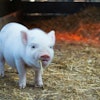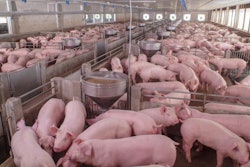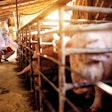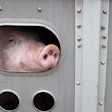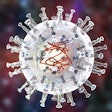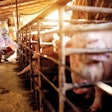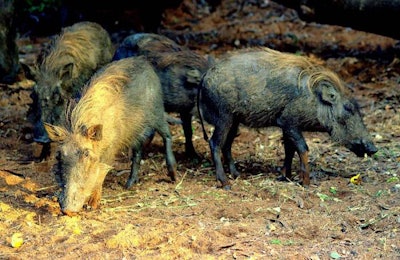
Study suggests pigs that survive the virus may continue to spread ASF after symptoms abate
A group of European mathematicians believe they may have found a missing link that could explain why African swine fever (ASF) continues to spread in wild boar populations despite the fatal nature of the disease.
Andy White, a professor of mathematics at Heriot-Watt University, said modeling the spread of ASF in Estonian wild boar pointed to three possible avenues for transmission: close contact with other infected pigs, contact with infected carcasses of pigs killed by the virus, and, potentially, a group of pigs dubbed “survivor spreaders.”
ASF is unusual, White said, because it persists in environments for long periods of time despite having an extremely high mortality rate — nearly 100% of pigs infected with the virus will die. Normally, White said, that kind of disease “burns itself out. Because it kills everything, and there’s nothing left to infect.”
But even though ASF can reduce a population of pigs by 85-95%, the virus somehow manages to persist and spread in the environment for long periods of time.
The fact that the ASF virus remains in, and is capable of spreading from, deceased pigs partially explains this phenomenon. But White said the model he and his colleagues published in Nature’s Scientific Reports didn’t match real-world conditions until they assumed another route of transmission: the “survivor spreaders.”
White said the theory is that, like the novel coronavirus (COVID-19), ASF may be capable of spreading asymptomatically. Unlike COVID-19, which is believed to spread before symptoms arise, White suspects the few pigs that survive infection with ASF may remain contagious even after their symptoms abate. Some survivor spreaders may later die from the disease, but not before transmitting it to other, uninfected pigs.
White acknowledged that there is limited evidence, beside the possibility presented by the model, of the existence of these survivor spreaders. However, he said the pigs that survive infection with ASF may not be tested for the presence of the virus. Because of the high fatality rate, it may be assumed that any survivors did not contract the virus in the first place.
Mitigating any potential asymptomatic spread of ASF could be extremely difficult, particularly in wild boar populations. White said the modeling exercise suggested that reducing the density of wild boar populations at the first sign of an outbreak, and removing dead carcasses from the environment promptly, could help control outbreaks.
View our continuing coverage of the African swine fever outbreak.
